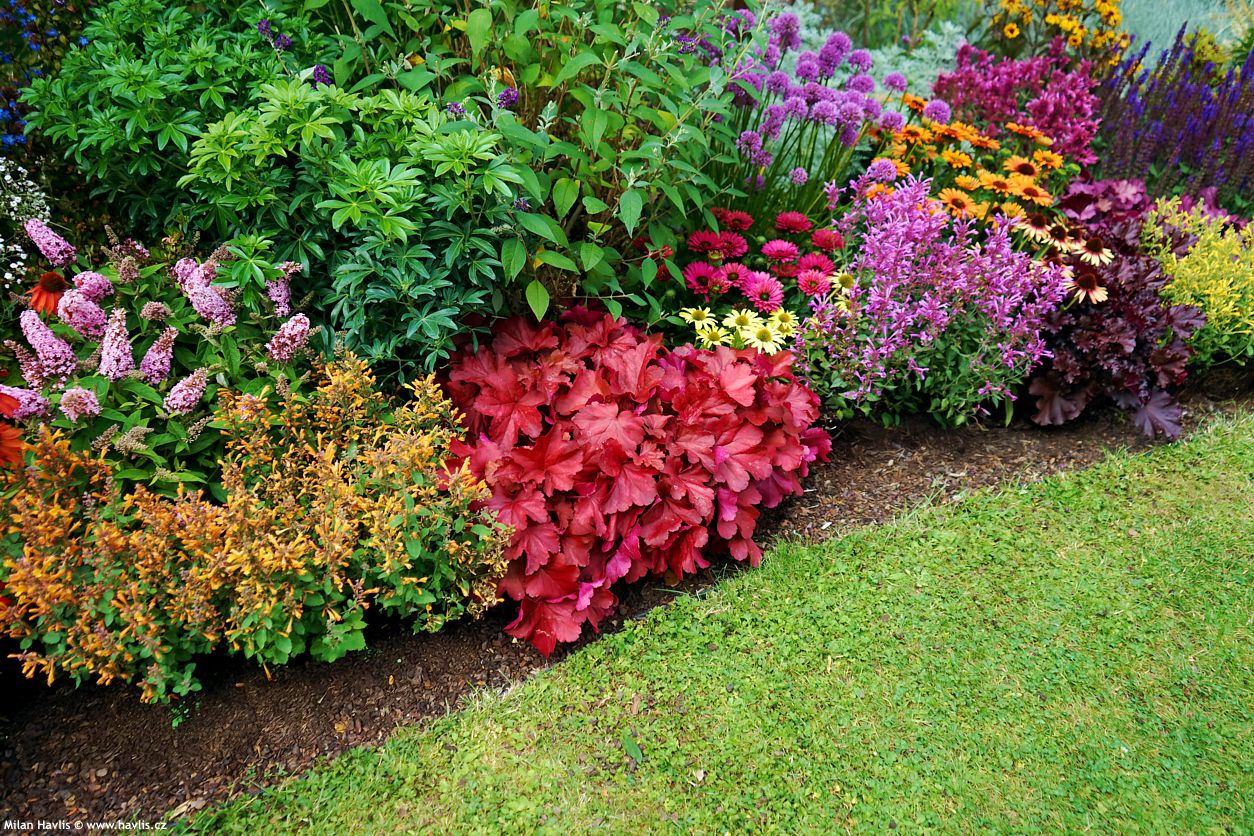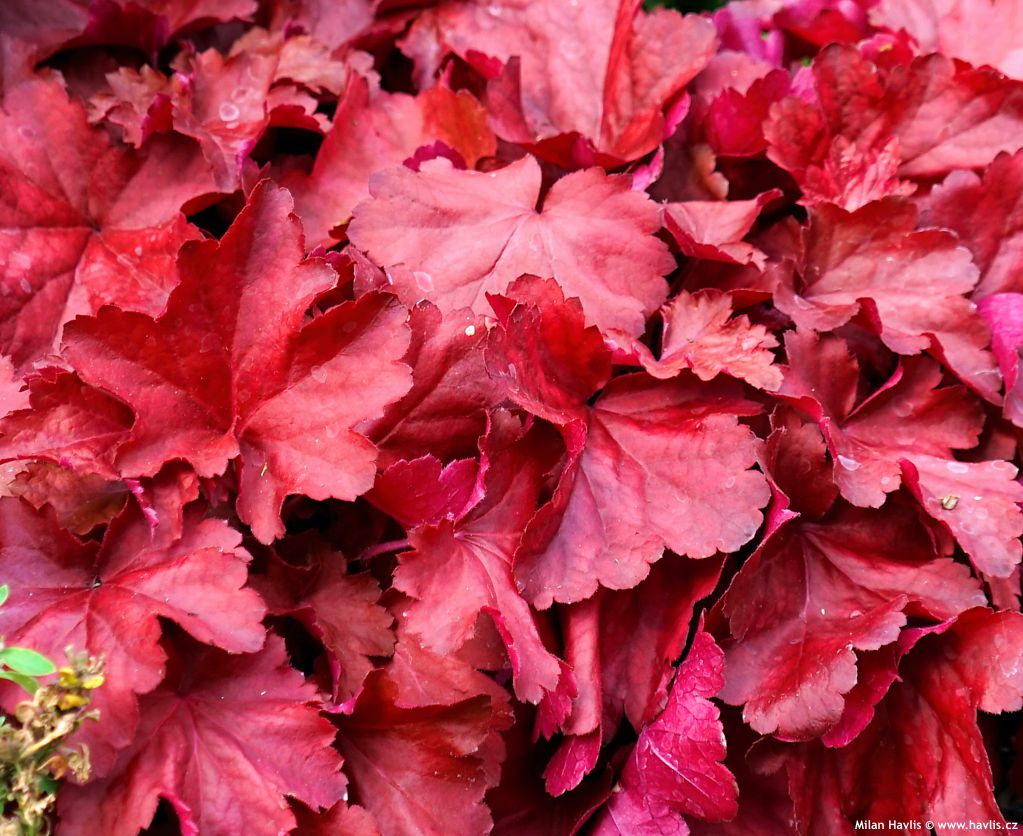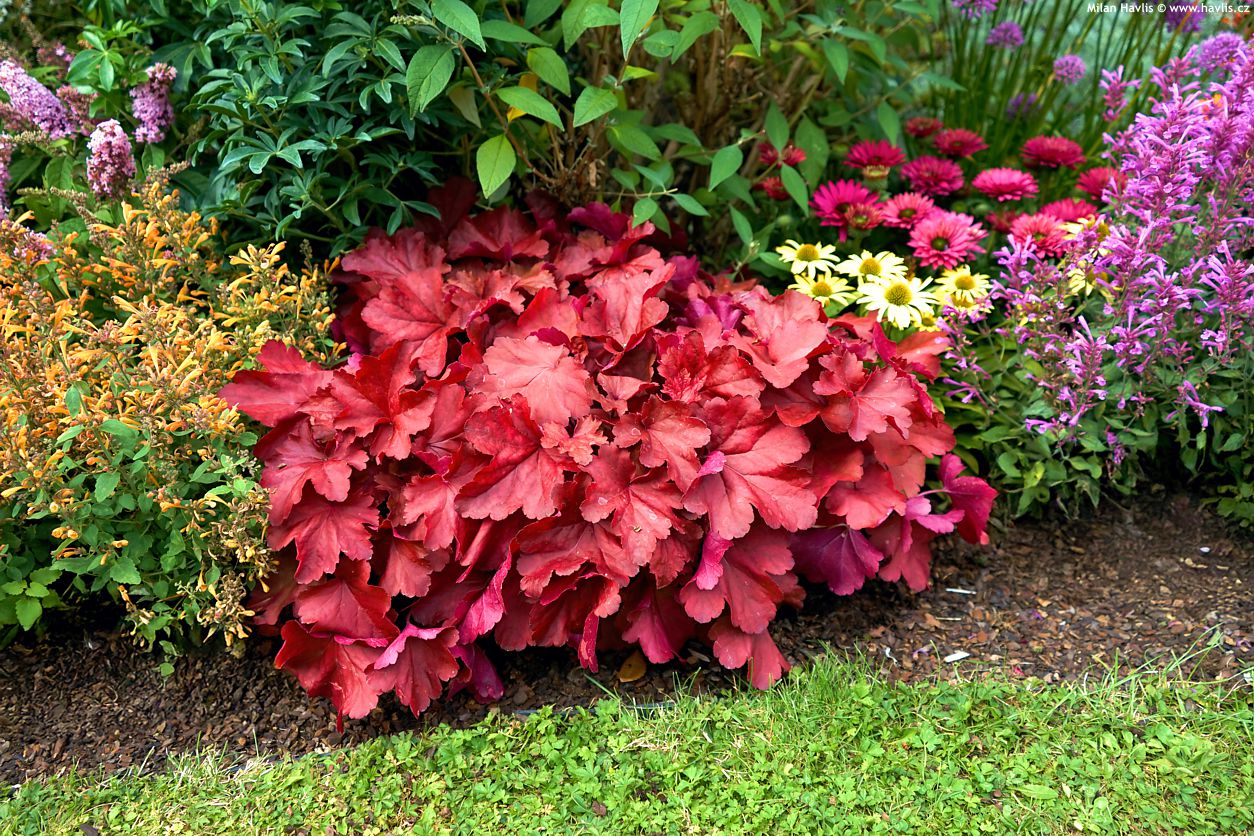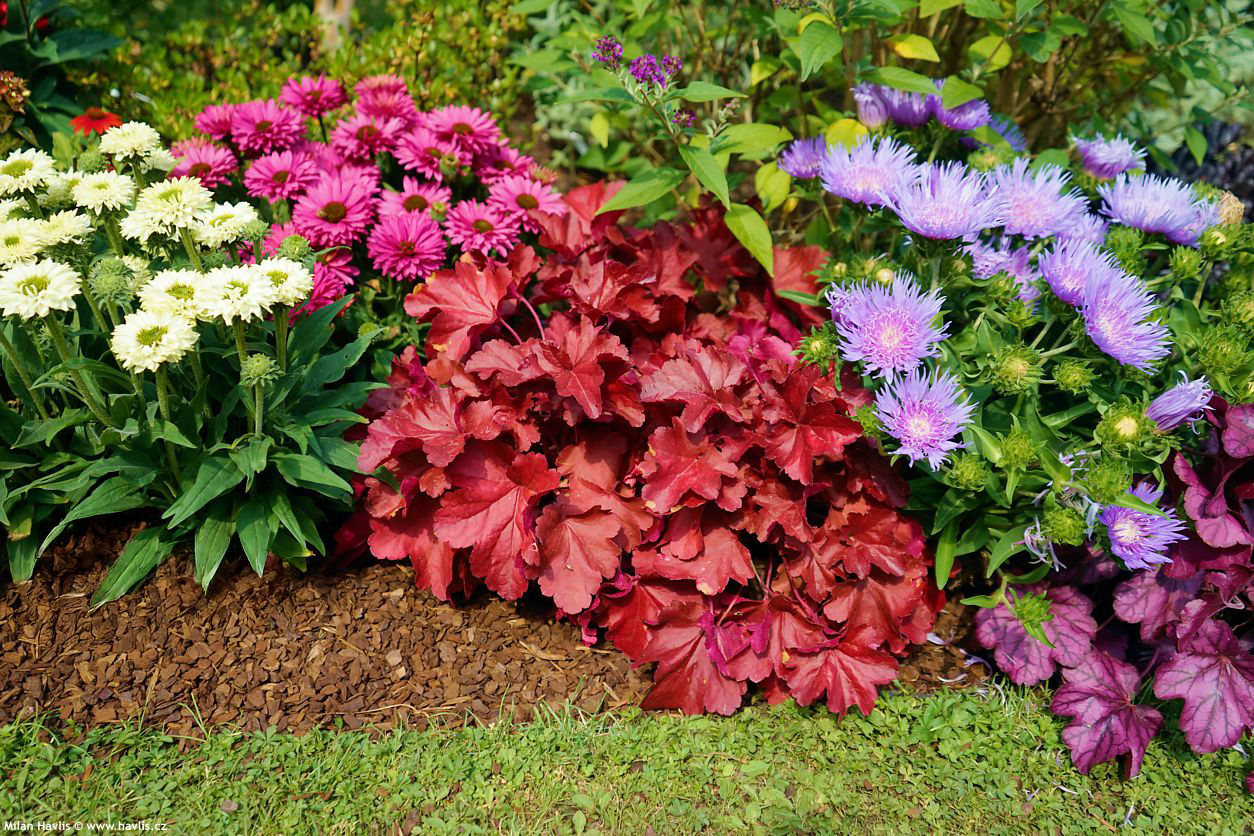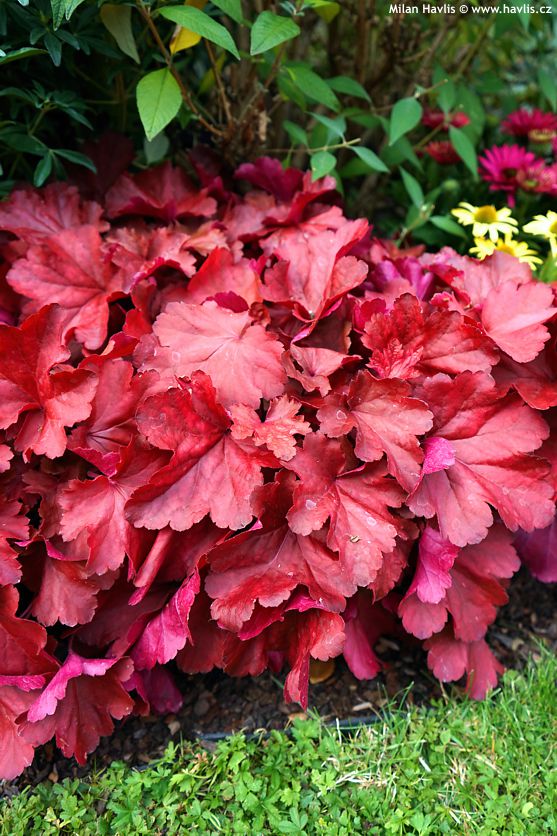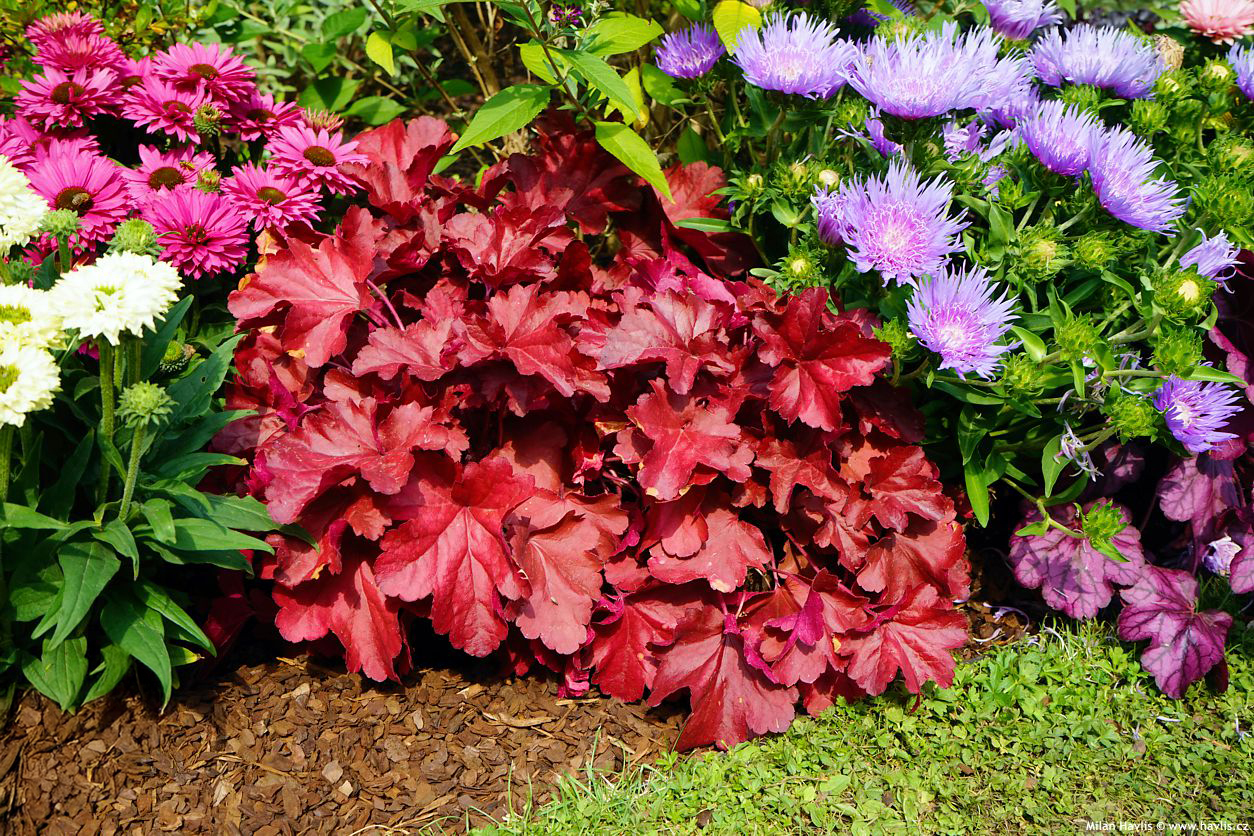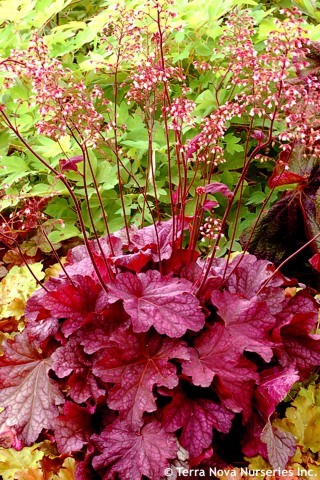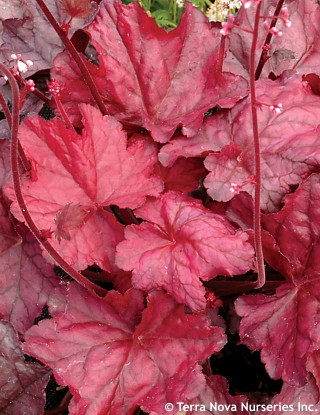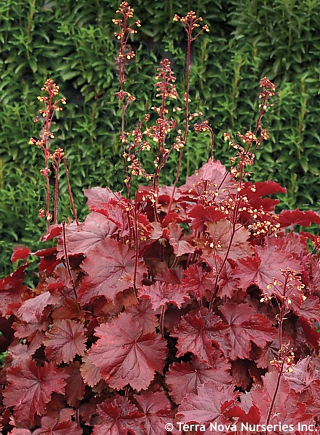Heuchera 'ROYAL RUBY' coral bells
Heuchera
Heucheras – coral bells are undemanding yet striking perennials that have gained popularity thanks to their beautiful foliage and delicate flowers, sometimes appearing in rich inflorescences. They form dense clumps of leaves with a breathtaking range of colours. The genus was named after Johann Heinrich von Heucher (1677–1746), a German physician and professor. It includes around forty species of perennial plants, mostly native to North America, except for H. sichotensis from the Russian Far East. To Europe, heucheras were introduced in the 18th century. their classification can be quite challenging as in the wild, these plants often crossbreed, and their flowers change shape significantly as they mature. That’s why so many breeders are drawn to them – their variable gene pool invites experimentation, and the thrill of discovering something new at the end of a breeding attempt is simply irresistible 😊.
Royal Ruby is an older cultivar of coral bells, believed to have been developed by Alan Bloom of Bressingham Gardens (UK) around 1953. Bloom was a prominent British horticulturist who began developing the gardens at Bressingham Hall in Norfolk in 1953, specializing in perennials and pioneering the concept of “island beds.” Those were freestanding flower beds set in lawn, designed to be viewed from all sides and to create a sculptural, dynamic effect in the garden landscape. Over the course of his career, he bred more than 170 new perennial cultivars, including several heucheras. Royal Ruby is a hybrid of H. sanguinea × H. × brizoides, forming compact, usually evergreen clumps about 25–30 cm tall with striking ruby red foliage that is most intense in spring. From late spring to early summer, it produces tiny rose-red flowers on slender stems reaching 40–50 cm in height. Its foliage colour is exquisite and beautifully complements perennial borders – either as a red accent in a tone-on-tone composition or as a vivid contrast to differently coloured leaves or blooms.
Coral bells are hardy and mostly evergreen perennials, mainly used as ground covers, however, they are excellent companions to plants with other textures, especially when mass planted. They prefer lightly shaded locations and evenly moist, nutrient-rich soil—soil pH does not matter. With occasional watering, they can tolerate full sun, except for light-colored varieties, unless specifically bred for sun exposure. They can even grow in shade, though their colors will be less vivid. In early spring, simply trim all leaves, allowing fresh new foliage to emerge. Fertilization is not required but significantly enhances their appearance and vigour. They are hardy to approximately -34 °C (USDA zone 4) and can be grown in outdoor containers as well.
Last update 22-08-2025












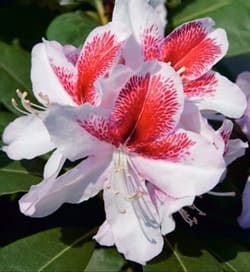



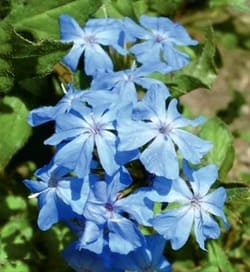
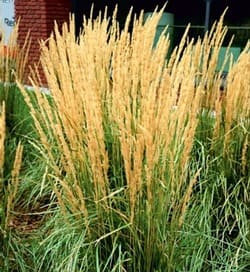
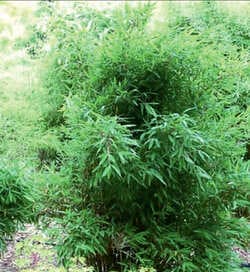
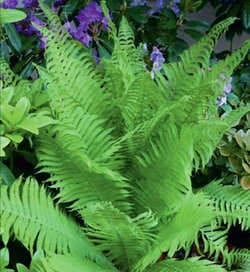





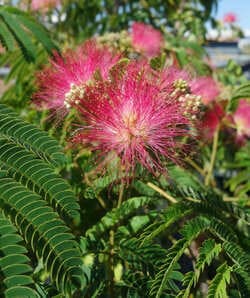
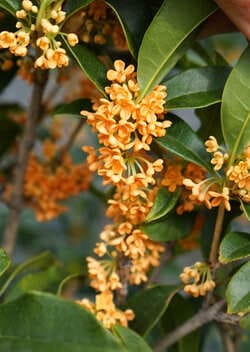



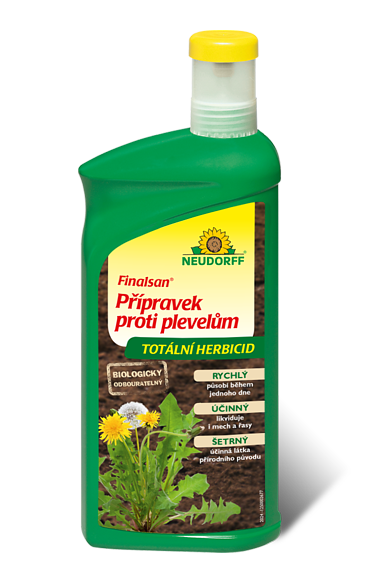


.jpg)
